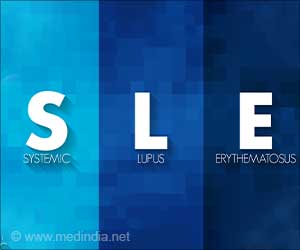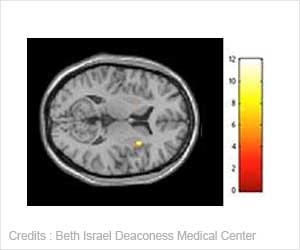Alterations in the function of the neurons can lead to neurological and psychiatric disorders.

TOP INSIGHT
The neurodevelopmental disorders typically manifest early in development, often before the child enters grade school, and are characterized by developmental deficits that produce impairments of personal, social, academic, or occupational functioning.
A research team led by Dr. Guillaume Smits, Nicolas Deconinck and Catheline Vilain of HUDERF and Professor Gianluca Bontempi of ULB (Machine Learning Group) collaborated through the Interuniversity Institute of Bioinformatics in Brussels, (IB), a joint research institute at the Université libre de Bruxelles (ULB) and the Vrije Universiteit Brussel (VUB). Together, they worked at integrating large genomic, epigenomic, transcriptomic and clinical datasets. The computational experiments, performed by Claudio Reggiani, a PhD student funded by the Belgian Kids' Fund for Pediatric Research and Innoviris, pinpointed two novel DLG2 promoters and coding exons conserved in human and mouse and present in the fetal brain.
The deletion of these new regions were found statistically associated with developmental delay and intellectual disability in two independent patient cohorts, supporting the pathogenic role of these new elements into the neurodevelopmental symptoms of both HUDERF patients. The results of this work have been published in the international journal Genome Medicine.
From a medical perspective, the findings will help medical doctors in improving future diagnosing of children with NDDs, intellectual disability, autism and schizophrenia. From a scientific point of view, this work shows how the in silico integration of multiple large datasets can bring knowledge about the genome. It also provides elegant progress into the molecular cause of neurodevelopmental disorders and improves fundamental knowledge about the DLG2 gene.
Source-Eurekalert
 MEDINDIA
MEDINDIA



 Email
Email




